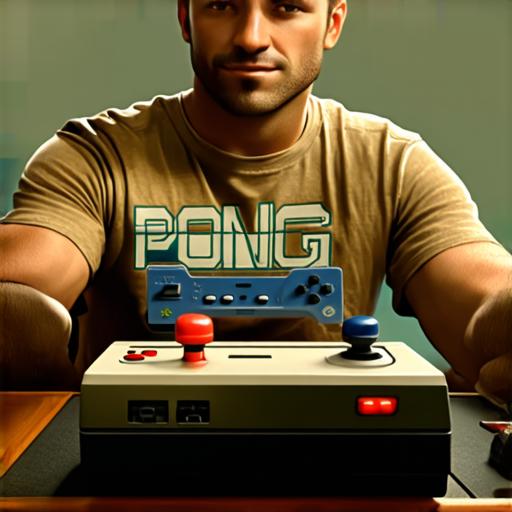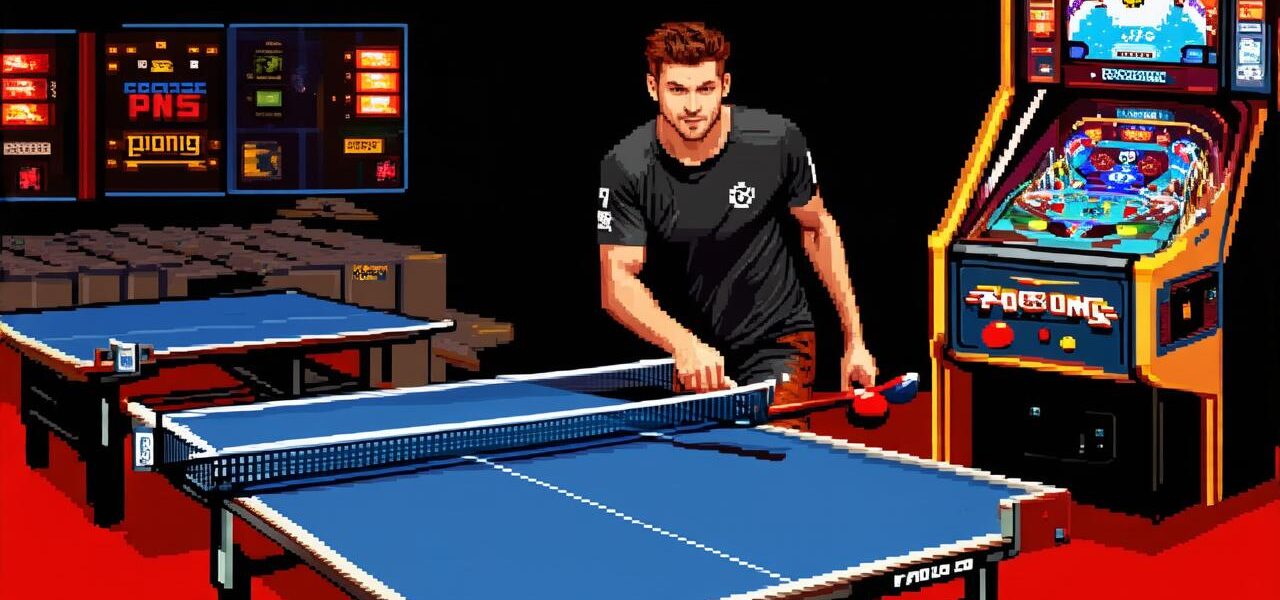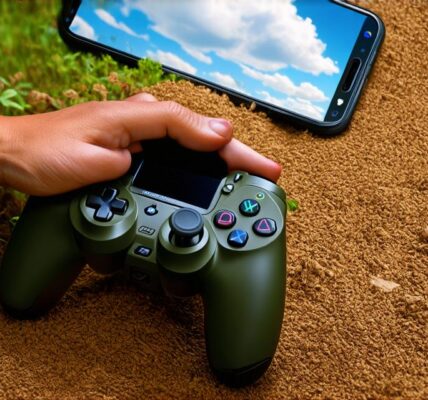Pong is a classic arcade video game that was released in 1972 by Atari. It’s a two-player table tennis simulation where each player controls a paddle on either side of the screen, and they have to hit a ball back and forth while avoiding a third paddle controlled by an AI. Pong has been widely regarded as one of the greatest video games of all time, but what came before it? In this article, we’ll explore some of the key precursors to Pong and how they influenced its development.
Pinball
Pinball is perhaps the most obvious precursor to Pong. It’s an arcade game that involves rolling a ball into various targets while trying to avoid obstacles and score points. Pinball was first invented in the late 19th century, and by the early 20th century, it had become a popular pastime in bars and amusement parks.
One of the key ways that pinball influenced Pong’s development was through its use of physics. Pinball games use real-world physics to simulate the movement of the ball, which gives them a sense of realism and responsiveness that players find appealing. This emphasis on physics would later be reflected in Pong’s table tennis simulation, as developers sought to create a game that felt as realistic and intuitive as possible.
Puck Man
Another precursor to Pong was Puck Man, an arcade game released by Namco in 1970. Puck Man is often considered the first video game to use a microprocessor, as it featured a custom-built CPU designed by Shigeru Miyamoto, who later went on to create Super Mario Bros.
Puck Man was a simple arcade game that involved moving a paddle across the bottom of the screen to hit a ball back and forth. While it may not seem like much, Puck Man’s use of a microprocessor allowed for greater control over the game’s behavior and made it possible to create more complex games in the future.
Table Tennis Simulators
Aside from pinball and Puck Man, there were also several table tennis simulation games that emerged in the 1960s and 70s. These games often featured simplified versions of table tennis rules and were designed for home use rather than commercial release.
One example of a table tennis simulator is Table Tennis for the Atari 2600, released in 1980. This game allowed two players to compete in a table tennis match against each other on a simple 2D court. While it may not have been as popular as Pong, it did contribute to the development of table tennis simulation games and helped pave the way for more complex games like Pong.
The Development of Pong
Now that we’ve looked at some of the precursors to Pong let’s examine how they influenced its development. One of the key factors in Pong’s success was its simplicity. The game was easy to learn and play, which made it appealing to a wide range of players.
In addition to its simplicity, Pong also benefited from its use of real-world physics. By using physics to simulate the movement of the ball, developers were able to create a game that felt realistic and intuitive. This emphasis on physics can be traced back to pinball games, which used real-world physics to simulate the movement of the ball.





